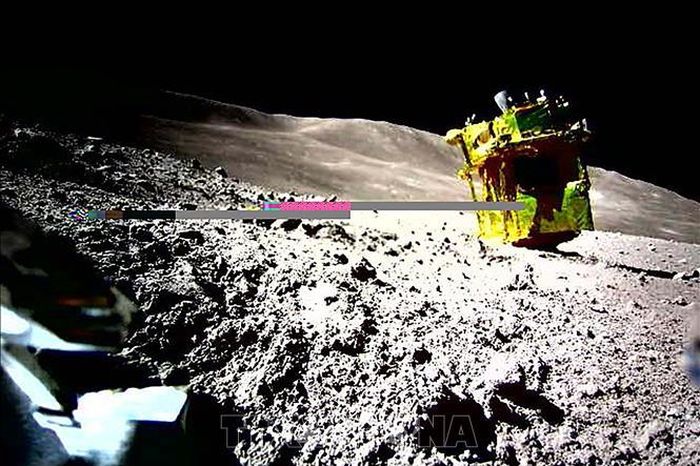Video: Russia launches the first lunar probe in nearly 50 years
At 2:11 a.m. local time, a Soyuz 2.1v rocket carrying the Luna-25 probe left the launch pad at the Vostochny spaceport. After about an hour or so, the spacecraft separated from the booster, left Earth's orbit, and headed for the Moon.
It is expected that Luna-25 will take 5 days to fly to the Moon, in the next 5-7 days it will orbit the Earth's natural satellite and land on the south pole of the Moon, near the crater Boguslawsky in August 21st. After that, Luna-25 will operate on the lunar surface for at least a year, analyzing surface dust and rocks and conducting many other scientific studies.
If successful, Russia will become the first country to send a gentle landing device to the south pole of the celestial body. Previous expeditions have landed instruments in the equatorial region of the Moon.
 Video: Russia launches the first lunar probe in nearly 50 years Picture 1
Video: Russia launches the first lunar probe in nearly 50 years Picture 1
Luna-25 is the first lunar probe built in modern Russia, the components are completely made in the country.
The 1.6-ton Luna-25 ship consists of two main parts. One is a landing platform equipped with a propulsion system and landing gear. The second is a 30kg non-pressurized instrument box filled with scientific instruments, radiators, heat sources, electronics, photovoltaic and radioisotope batteries, antennas and cameras.
You should read it
- What is a lunar eclipse? Lunar eclipse occurs when?
- Why did the Soviets never set foot on the Moon?
- Full Moon facts - Full moon you may not know yet
- NASA admits the spaceship was flying as fast as a bullet hit by UFOs
- The article offered the Nguyen Tieu Tet - January full moon
- The United States drafted a treaty to exploit the Moon
- The extremely rare astronomical phenomenon 'Black Moon' will appear tonight
- What a glow-up: Next-gen NASA moon lander thruster looks radiant during hot-fire test
- The Orion spacecraft successfully launched, beginning its journey to explore the Moon
- Discovering a 50 km long underground cave, 100 meters wide in the Moon may be a haven for people in the future
- Why is the Moon red like blood when the total lunar eclipse occurs?
- The world's largest underwater cave system is found on the Yucatan Peninsula
May be interested

The majesty of the largest galaxy cluster ever known under the eyes of the $10 billion telescope

Detecting a mysterious question mark in the universe

Lonely star glitters in the background of an amorphous galaxy in the eyes of the Hubble telescope

Strange white dwarf discovered, split by hydrogen and helium gas

This star 'tears up' its companion to create a rare beautiful nebula

Admire the moment millions of new stars are born in the Lupus 3 nebula






 Can the probe of Solar Probe Plus reach near the Sun?
Can the probe of Solar Probe Plus reach near the Sun? What is a lunar eclipse? Lunar eclipse occurs when?
What is a lunar eclipse? Lunar eclipse occurs when? Japan's lunar probe 'fell asleep' again
Japan's lunar probe 'fell asleep' again Ubuntu 23.04 'Lunar Lobster' launches with improved Azure Active Directory and Steam snap
Ubuntu 23.04 'Lunar Lobster' launches with improved Azure Active Directory and Steam snap Doan Ngo Tet Festival: Origin, meaning and special dishes in Vietnam
Doan Ngo Tet Festival: Origin, meaning and special dishes in Vietnam NASA announced its mission to fly directly to the Sun of a billion-dollar 'machine' in 2018
NASA announced its mission to fly directly to the Sun of a billion-dollar 'machine' in 2018